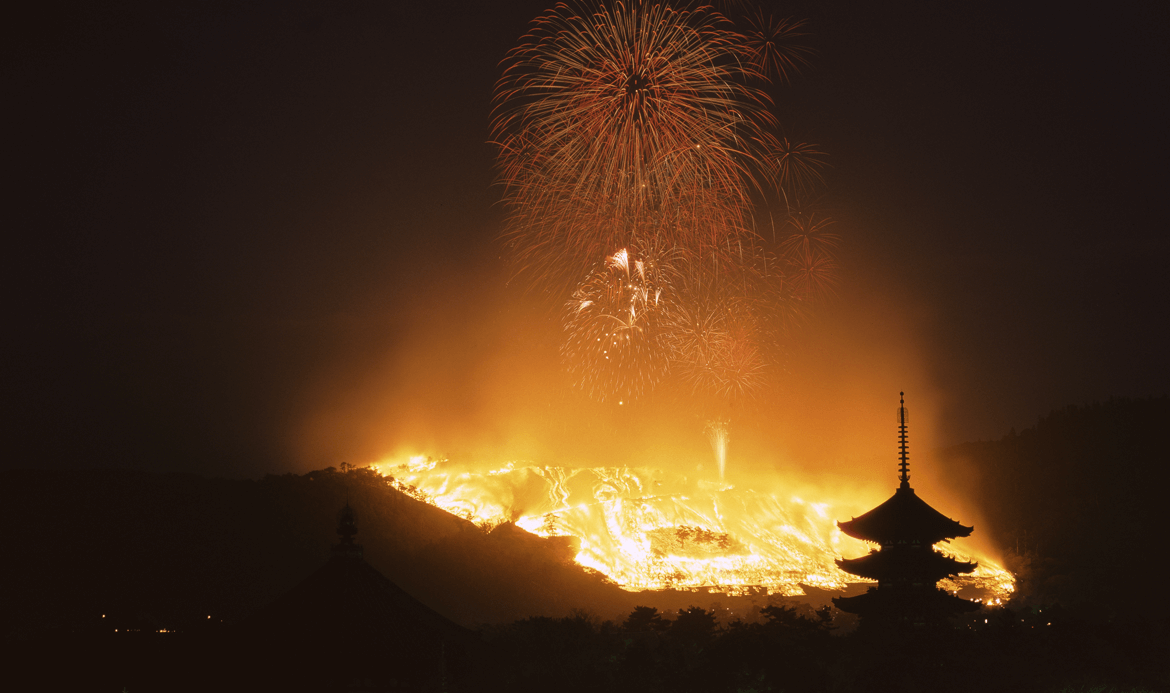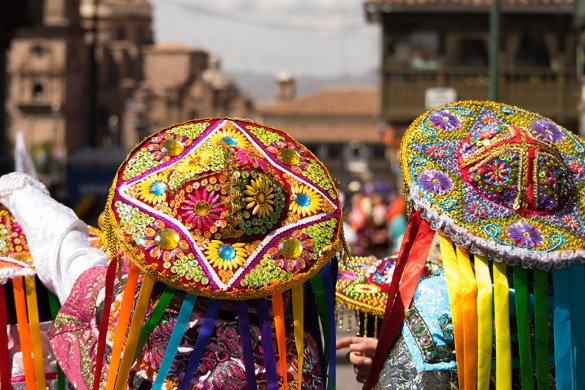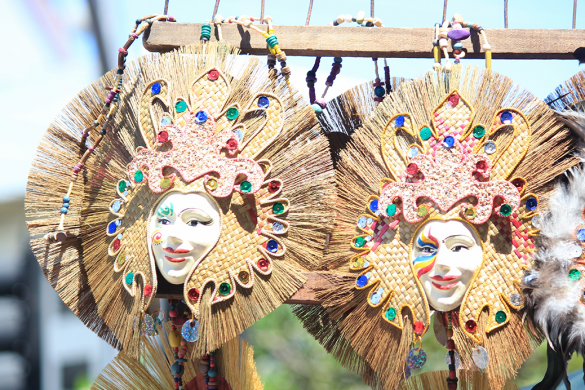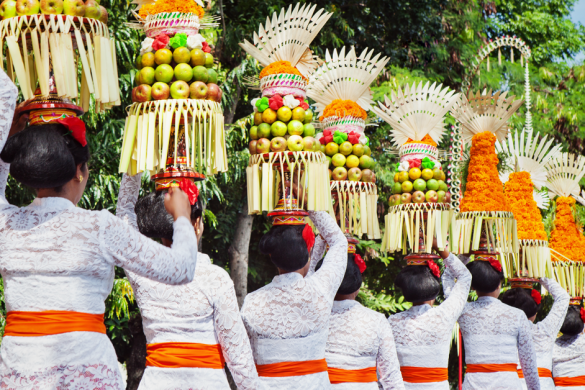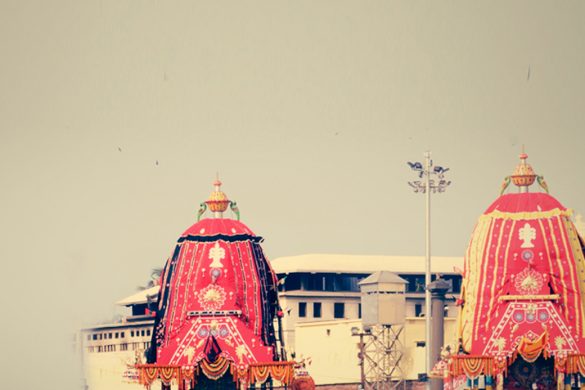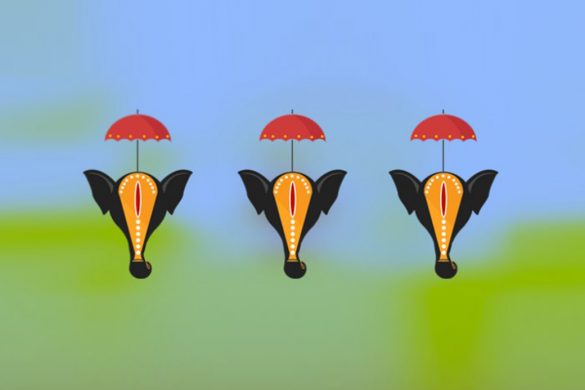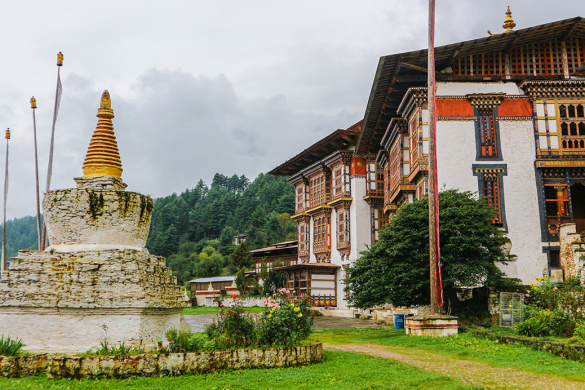The fourth Saturday of January is a sight to behold when you are in Japan, especially if you are in Nara. Nara, in itself, accommodates a wide number of spots that can leave a life-like imprint on your mind. Mount Wakakusa is home to some of the most scenic landscapes that do no less than casting a spell on your imagination. The dead grass that grows on this mountain is lit up with fire in January creating a diaspora of lights that illuminates your memory forever.
Now, let’s take the etymological turn – you already are aware that the name of the mountain, located in Nara near Nara Park, is Wakakusa. The word ‘Yamayaki’ is more like a compound word, where ‘yama’ refers to a mountain and ‘yaki’ means roasted or grilled. So, there you have a mountain on roast and what a visual treat it is!
As we take our attention towards the historical account of its origin, we are presented with an interesting suite of legends. One story speaks about the dispute regarding boundaries between two temples – Todai-ji and K?fuku-ji. Attempts for mediation did not manage to succeed; hence, the entire mountain was set on fire. There is another tale that describes how wild boars were becoming a matter of concern and how the Japanese dealt with the problem by incinerating the mountain the animals lived on. Some stories also attach the angle of pest control to it.
Whatever the backstory is, the event is a spectacle. If you think that it’s only the flames that induces colour into the dark night, then you will be glad to know that a vibrant show of fire-crackers is lit prior to that and it indeed fills your senses with awe.
Nara is actually the capital of the Nara prefecture in Japan and has many other sights to watch out for. It is home to the most vivid religious diversity, wherein Shinto and Buddhist philosophies co-exist cohesively. It has a plethora of historic notes in various elements like literature, theatre, palaces and of course, places of worship like shrines and temples.
Nara Park embodies the essence of Japanese aesthetic standards, presenting an incredible fusion of animate vibrancy and soul-soothing spirituality. Besides the shades produced by human activities, there is a strange, yet captivating release of nature’s hues that go beyond the capacities of communication.
Right from the enjoyment of the rice cake tossing to the colourful religious parades upholding traditions, you have a lot to capture. So, when you plan your visit to Nara in Japan, make sure you travel with a mind that is just like a blank canvas so the sights are forever retained there.
